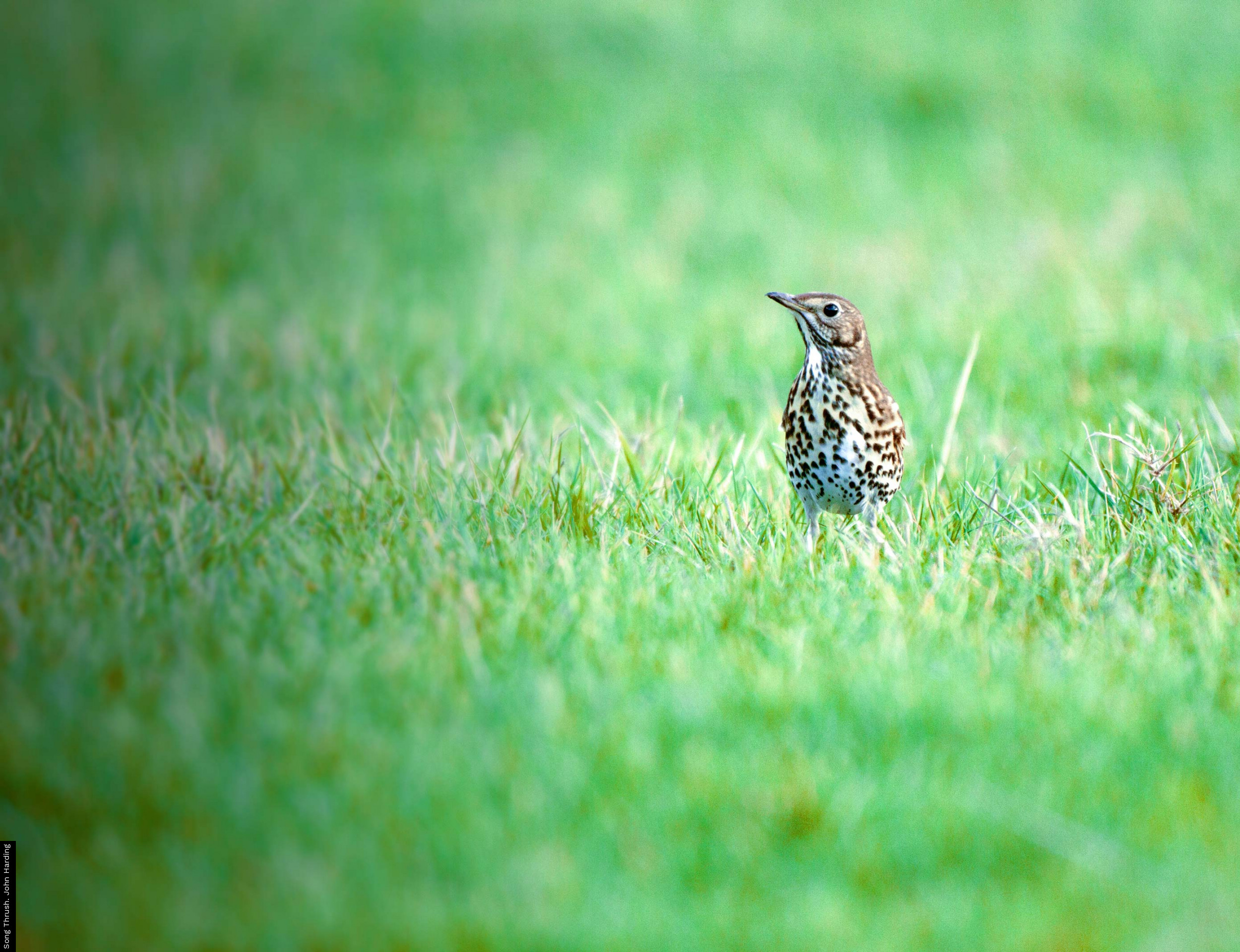Reed Bunting
Reed Bunting
Emberiza schoeniclus

This is a medium-sized bunting, with a large-headed, thick-necked appearance. Although the male is unmistakable in its breeding season plumage of black head with broad white collar and white moutsachial stripe, this species is most commonly reported from gardens outside of the breeding season. It is during this period that identification becomes more difficult. During the winter, the fresh warm-buff feather tips (that will gradually be worn away) obscure the distinctive black plumage. The buff stripe above the eye (known as the supercilium) and the grey-brown crown and cheeks are useful in identification, as is the boldly marked back
Despite its name, the Reed Bunting breeds across a range of habitats from reedbeds and conifer plantations to hedgerows and arable crops like oil seed rape. During the non-breeding season, this species is dependent upon weed seeds, and as such, Reed Buntings would have joined other species in winter flocks on farmland stubbles. The decline of this species matches that of other farmland species like Tree Sparrow and Linnet. The increasing winter use of gardens during the 1980s probably reflects the decrease in availability of winter food.
During the winter months, large flocks of Reed Buntings may gather together to roost. These flocks prefer wet or marshy areas and often roost communally in reedbeds, where they are at less risk of predators.
Find out more about Reed Buntings on BirdFacts and the Wider Countryside Report.






Share this page